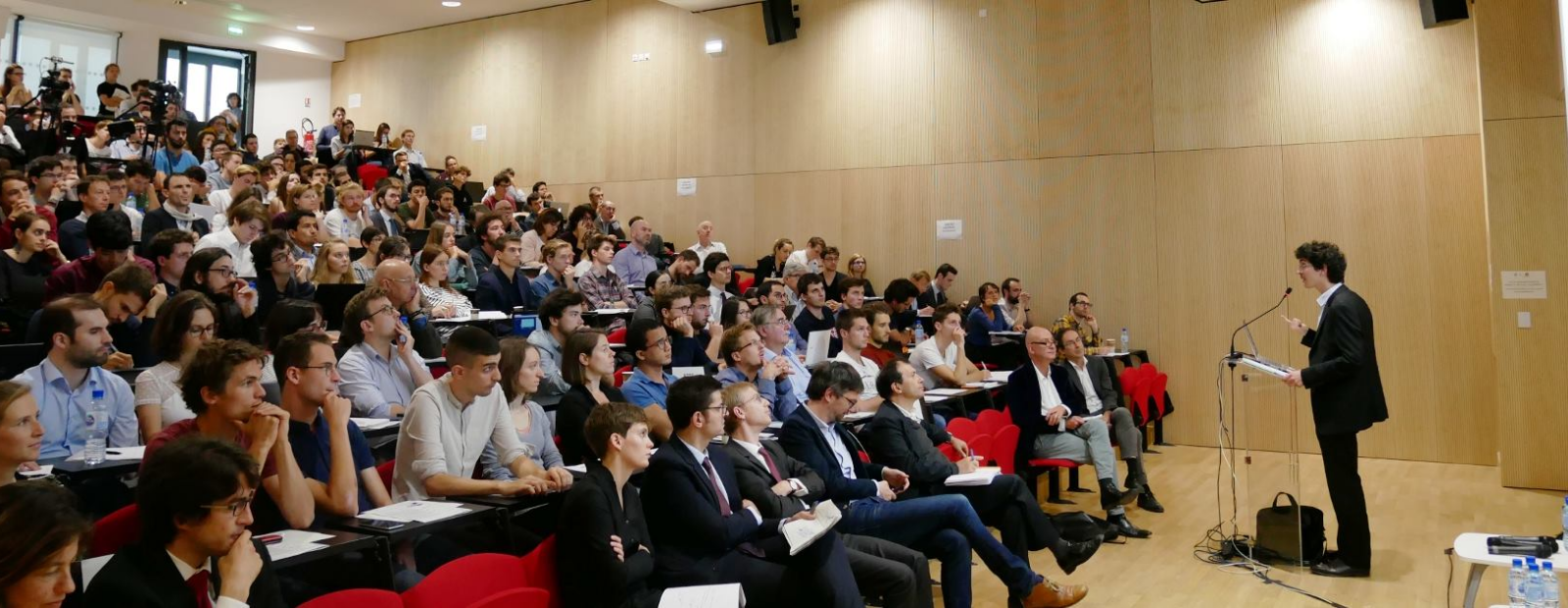Publié en
- Université Paris 1 Panthéon-Sorbonne
Groupes de recherche
THÈMES DE RECHERCHE
- Comportements individuels
- Économie des réseaux
- Théorie des jeux
Contact
Adresse :Maison des Sciences Eco.,
75647 Paris Cedex 13, France
Adresse :106-112 Boulevard de l’Hôpital
Campus :
CES-Centre d’Economie de la Sorbonne
Publications HAL
-
Characterization of TU games with stable cores by nested balancedness Article dans une revueRevue : Mathematical Programming
-
On the design of public debate in social networks Article dans une revueRevue : Operations Research
Publié en
-
Subjective Expected Utility Through Stochastic Independence Article dans une revueAuteur : Vassili Vergopoulos Revue : Economic Theory
Publié en
-
On the convex hull of k-additive 0-1 capacities and its application to model identification in decision making Article dans une revueRevue : Fuzzy Sets and Systems
Publié en
-
Diffusion in large networks Article dans une revueRevue : Journal of Economic Dynamics and Control
Publié en
-
Threshold model with anticonformity under random sequential updating Article dans une revueRevue : Physical Review E
Publié en
-
Well-formed decompositions of Generalized Additive Independence models Article dans une revueRevue : Annals of Operations Research
Publié en
-
k -additive upper approximation of TU-games Article dans une revueRevue : Operations Research Letters
Publié en
-
The multilinear model in multicriteria decision making: The case of 2-additive capacities and contributions to parameter identification Article dans une revueRevue : European Journal of Operational Research
Publié en
-

